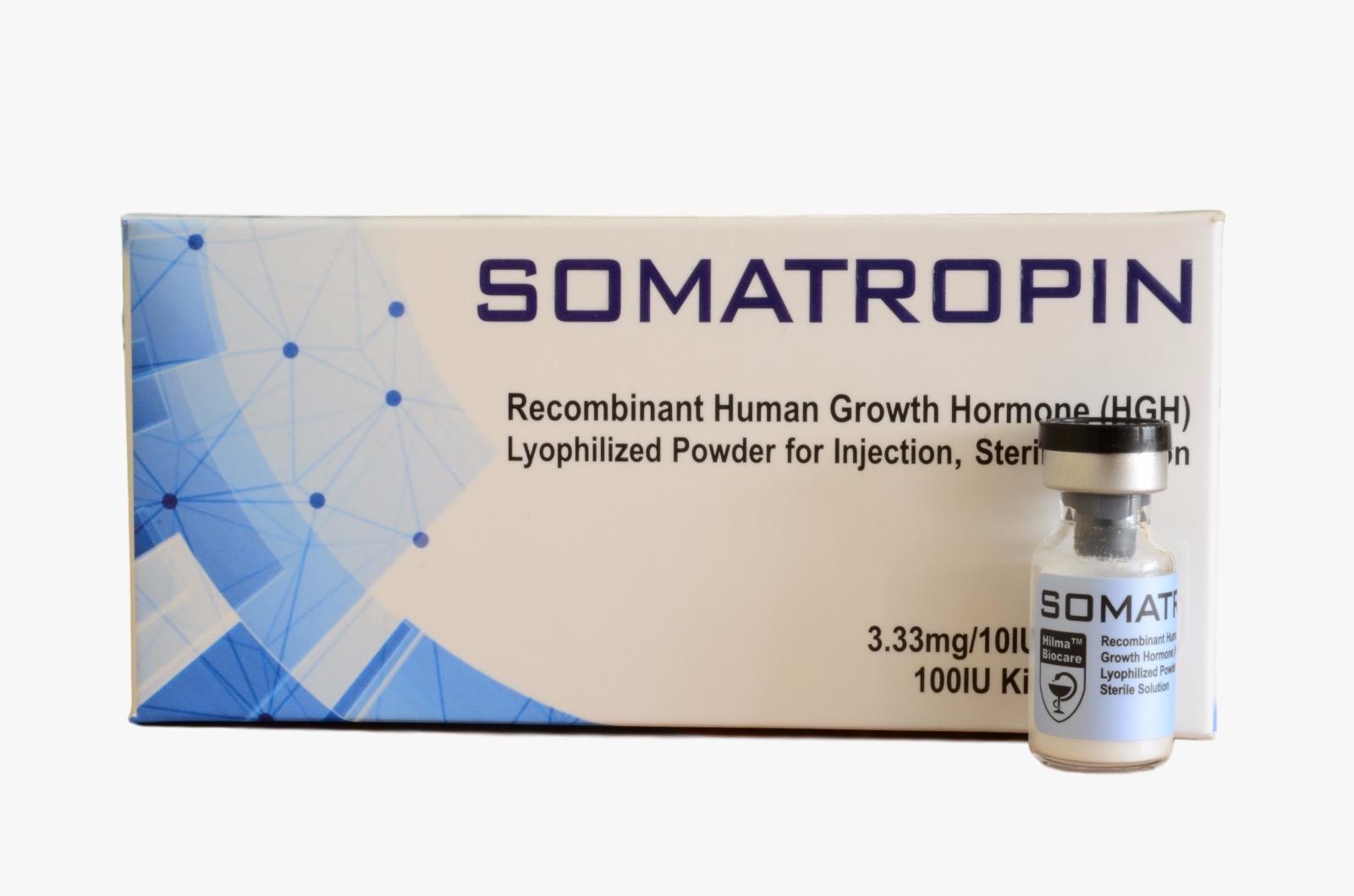Somatropin: A detailed review of its uses and mechanism of action

Mechanism of Action
Somatropin exerts its effects by binding to growth hormone receptors, which are found chiefly in liver, cartilage, and other target tissues. This triggers a signaling cascade that ultimately affects gene expression. One of somatropin's major roles is stimulating the liver to secrete insulin-like growth factor 1 (IGF-1). IGF-1 then promotes growth and cell regeneration in bones and other tissues. Somatropin also directly stimulates breakdown of fat and protein for use as energy. In combination, these actions lead to increased conversion of unused energy to bone and muscle.
Clinical Applications
Recombinant forms of Somatropin are FDA-approved to treat growth hormone deficiency, Turner syndrome, chronic kidney disease, Prader-Willi syndrome, and short stature in children. It finds therapeutic use in adulthood as well to counter loss of muscle mass and bone density. Somatropin shows benefit for wound healing in the elderly or those with burn injuries as well. While promising data exists for other applications, safety profiles will require ongoing monitoring as usage expands to new patient groups.
Potential Adverse Effects
Side effects of somatropin administration tend to be mild. Common temporary issues include joint/muscle aches, swelling near injection sites, and fatigue. Long-term risks requiring monitoring involve sleep apnea, edema, glucose intolerance or diabetes, and slipped capital femoral epiphysis in children undergoing rapid growth. Careful dosage adjustments aim to balance therapeutic benefits against potential complications. Further research looks to minimize adverse effects through genetic targeting or modified release formulations.
Get more insights, On Somatropin
Check more trending articles related to this topic: Storage Basket Rack Market
- Art
- Causes
- Crafts
- Dance
- Drinks
- Film
- Fitness
- Food
- Giochi
- Gardening
- Health
- Home
- Literature
- Music
- Networking
- Altre informazioni
- Party
- Religion
- Shopping
- Sports
- Theater
- Wellness
- IT, Cloud, Software and Technology


